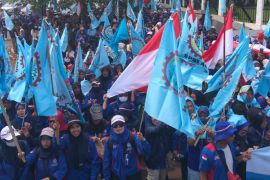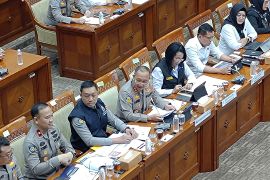"Our urban forest is different from those generally developed in high altitude areas. Spread over an area of 296 hectares, ours is the largest such forest developed in the middle of a city," he added.
The development of the urban forest involved an expert team from Gadjah Mada University (UGM) that had drawn up the master plan.
The master plan will be a reference for formulating a forest development policy.
The forest will be a tourist research site and an icon of Sampit, whose peat layers reach at least four meters.
This year, the government will make trenches and construct a dam to prevent any fires from occurring in the urban forest. Last year, most of the urban forest area was burnt.
"We have to preserve the germplasm such as typical swamp timber. We will develop the forest according to the directions of the research team," Sanggul noted, adding that the project will be completed in five years.
"We are expecting the urban forest will be ready and will be available for tourism and study purposes within five years," he stressed.
Sanggul informed that the office is also cooperating with the Indonesian Science Institute (LIPI) and the management of Bogor Botanical Garden to build the Sampit Botanical Garden.
The spokesman of the UGM experts, Kaharudin, mentioned that the team has surveyed the lands for urban forest. It will have a 500 meter wide buffer of forest belt surrounding the area.
During the survey, the team found 42 species of plants and abandoned orangutans nests.
"The urban forest can function as peat swamp and germplasm conservation site, a tourist site, and a research and study site. In addition, it is also the citys natural landmark," he concluded.
(Uu.KR-LWA/INE/KR-BSR/A014)
Editor: Priyambodo RH
Copyright © ANTARA 2016











